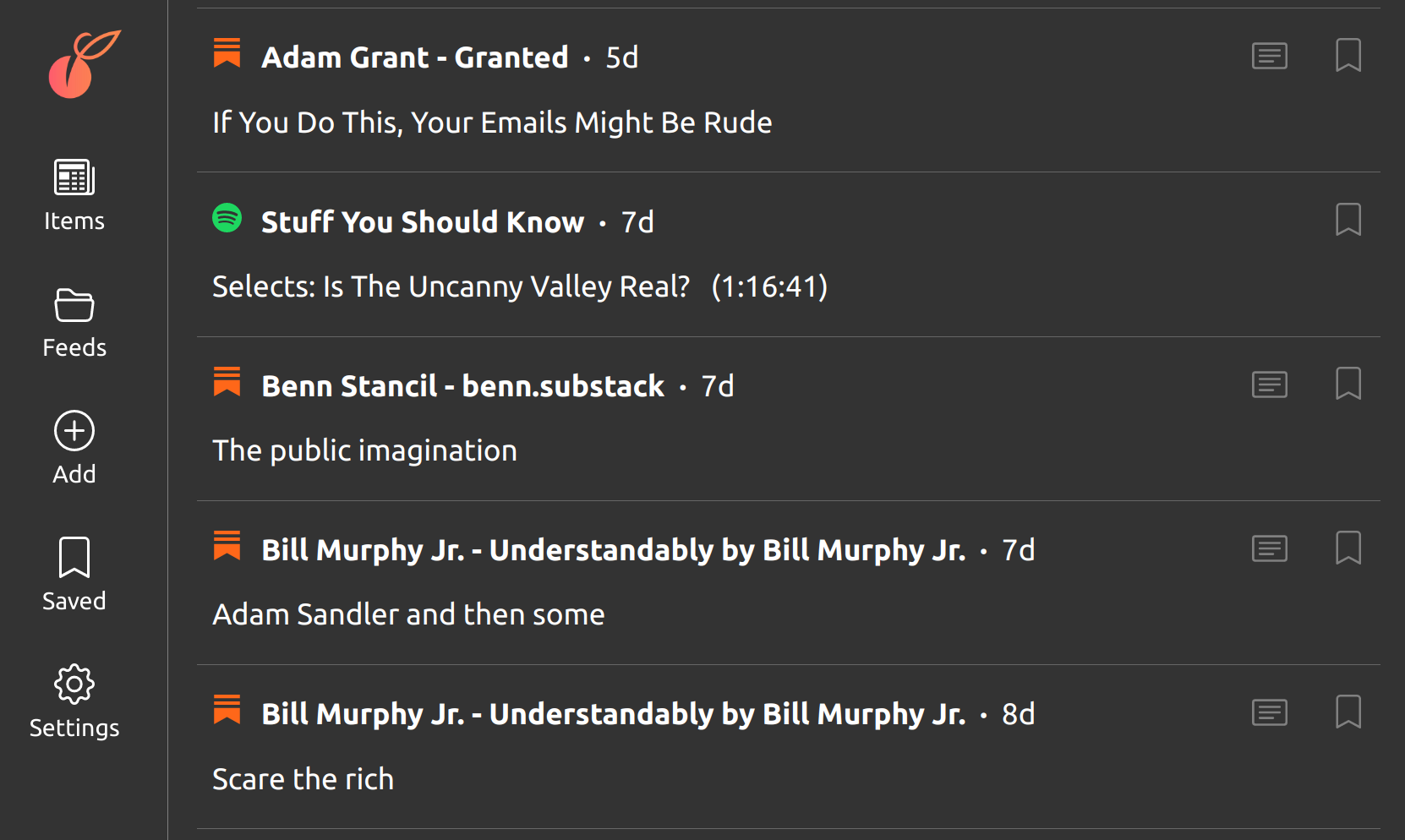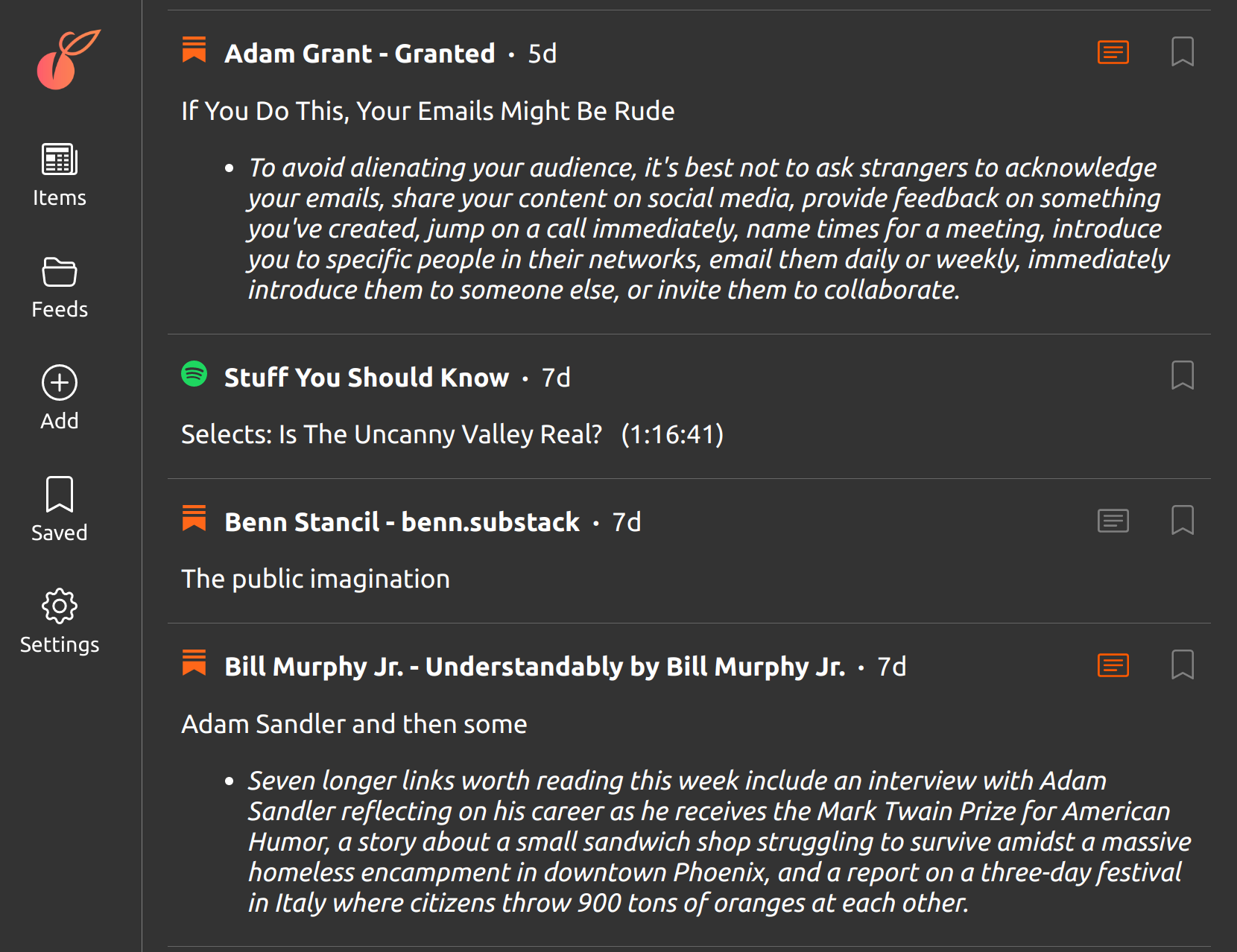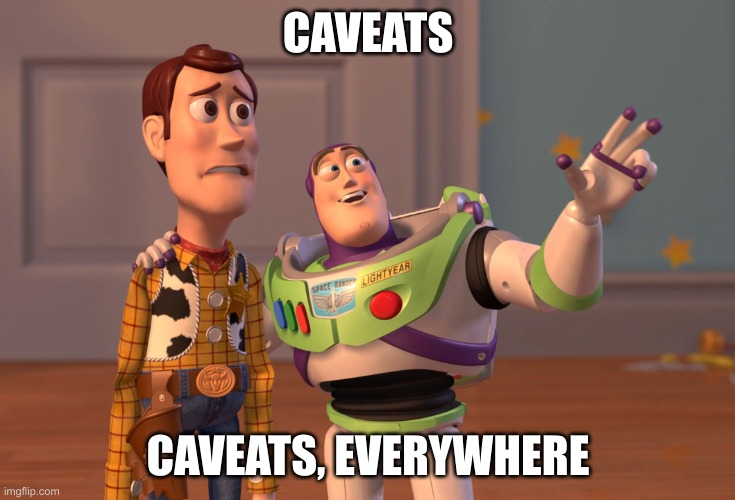Apricot’s mission is to help you cut through the noise and discover the most valuable content. Today, Apricot is taking a big step toward that goal by enabling you to summarize articles with the click of a button using ChatGPT. It’s a small feature, but it just might revolutionize the way you browse for content!
Attention is all you need1
The attention economy has even the most reputable publications resorting to clickbait headlines. Here’s a classic, from Adam Grant’s Substack newsletter, which I’ve subscribed to in Apricot:
If You Do This, Your Emails Might Be Rude
By now, you know not to give in immediately to the curiosity—do WHAT?—but unless you click, you still don’t know if it’s worth the time or not.

It’s not just clickbait, though. Many writers don’t bother with descriptive titles, especially for newsletters, which the authors know are going to your high-attention email inbox.
The other headlines in my Apricot screenshot belong more to this category:
The public imagination
Adam Sandler and then some
Scare the rich
With Apricot, you can subscribe directly to Substack newsletters and keep them out of your inbox. But then how do you know whether to open content like this?
Summarize with Apricot
Check out the icon to the right of each item in the Apricot screenshot. When you click that button, Apricot shows a succinct, one-sentence summary of the article.

In this example, it looks like the Adam Grant article is pretty obvious stuff—don’t write cold emails that ask a stranger to jump on a call immediately, etc. I’m gonna skip that one, thanks. The Bill Murphy, Jr. piece, on the other hand, looks interesting. I don’t care too much about Adam Sandler, but an Italian orange-throwing festival? Now you’ve got my attention.
The Stuff You Should Know episode does not have the icon next to it. For now, summarization is only enabled for Substack newsletters, but it should be enabled for the other platforms soon.
How it works
Magic ChatGPT.
As of today, Apricot uses the GPT-3.5-turbo model.
The input to the model is the concatenation of the article title, subtitle, and full text, truncated to fit within the model’s context length constraint. The prompt simply asks ChatGPT to summarize the text in one sentence. No fancy spells prompt engineering at this point.
What’s the catch?

I’m super excited about this new feature, but I’ll also be the first to admit that there are lots of rough edges.
Most importantly, ChatGPT is not perfect. With complex articles, it can lose track of the main ideas. With very short articles, it might hallucinate. So don’t rely heavily on these summaries for high-stakes applications. Seriously, I can’t stress that enough. When in doubt, just click the item and read the source.
Apricot does not currently have a way to get the full text of pay-walled articles. Sometimes there’s enough material in the title, subtitle, and teaser, but this is the kind of situation that can lead ChatGPT to hallucinate. To minimize this, Apricot will just decline to summarize if there’s not enough content.
The ChatGPT API is slow. It usually takes several seconds, so please have patience. The good news is that each item only needs to be summarized once across all Apricot users; subsequent requests are just database queries for the stored summary, so they’re much faster.
All your feedback are belong to us!
I’m confident our new ChatGPT-powered summarization feature will change the way you browse content. As always, I’d love to hear your feedback, so please don’t hesitate to reach out and share your thoughts.
Happy summarizing!
Footnotes
It’s a machine learning “joke”. If you don’t get it, don’t worry, it’s not that funny.↩︎